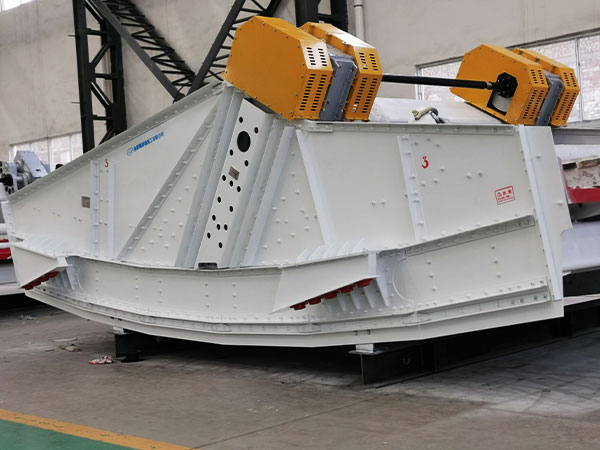What are the types of vibrating screens?
A vibrating screen, also known as a sieve or a separator, is a machine used to separate and classify materials based on their particle size. It consists of a vibrating motor that causes the screen to vibrate, thereby separating the materials into different sizes or removing unwanted materials.There are several types of vibrating screens used in various industries.
Vibrating screen type

Inclined Vibrating Screen
This type of vibrating screen has a sloping surface at an angle, typically between 15 and 30 degrees. The inclined screen is widely used in aggregate, mining, and recycling applications to separate and classify materials based on their size.
Horizontal Vibrating Screen
In contrast to the inclined screen, a horizontal vibrating screen has a horizontal or near-horizontal surface. It is commonly used for applications where a horizontal deck is preferred or when there is a need for high-capacity screening.

High-Frequency Vibrating Screen
High-frequency vibrating screens operate at a high frequency of up to 3,600 rpm, which helps to separate fine materials more efficiently. They are often used in applications that require high precision and efficient screening of small particles.
Dewatering Vibrating Screen
Dewatering screens are designed to remove moisture from the material being processed. They utilize high-frequency vibrations to dewater and separate the solids from the liquid, making them suitable for applications such as dewatering of coal, ore, and industrial minerals.

Banana Vibrating Screen
Banana screens have multiple decks with slopes that increase towards the discharge end. This unique design helps to improve screening efficiency and capacity by allowing the material to flow progressively along the screen. Banana screens are commonly used for high-capacity screening applications.
Trommel Screen
A trommel screen, also known as a rotary screen or drum screen, consists of a cylindrical drum with perforated plates. As the drum rotates, the material fed into the drum is lifted and tumbles, allowing smaller particles to pass through the openings while larger particles are retained. Trommel screens are commonly used in applications such as composting, solid waste processing, and mineral screening.
These are just a few examples of the types of vibrating screens available. The choice of vibrating screen depends on factors such as the application, material properties, required capacity, and desired screening efficiency.



